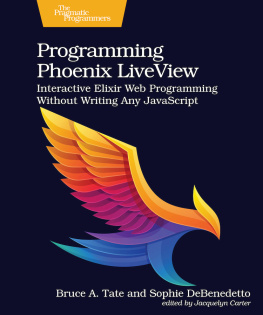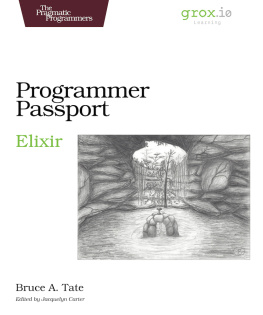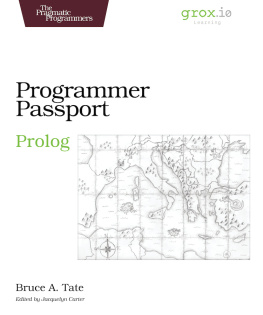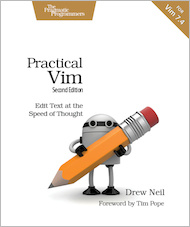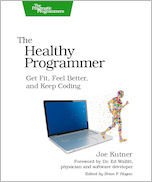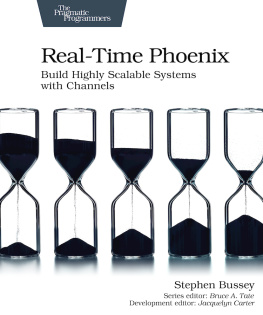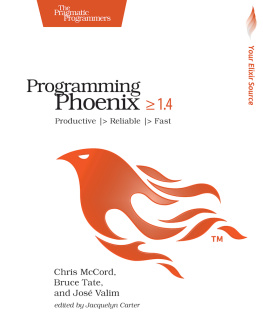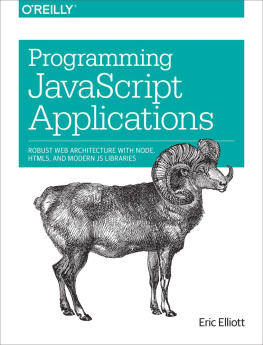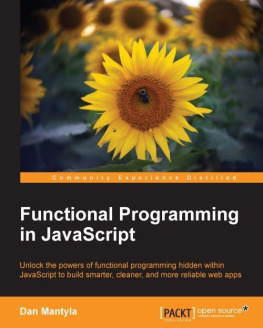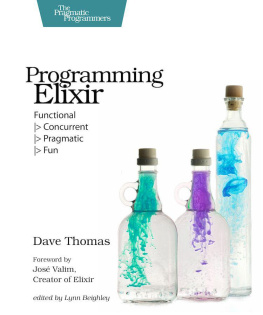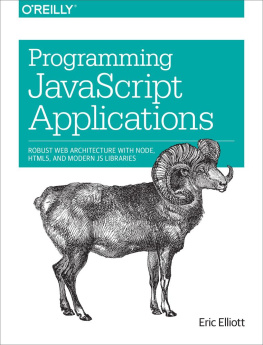Bruce Tate - Programming Phoenix LiveView: Interactive Elixir Web Programming Without Writing Any JavaScript
Here you can read online Bruce Tate - Programming Phoenix LiveView: Interactive Elixir Web Programming Without Writing Any JavaScript full text of the book (entire story) in english for free. Download pdf and epub, get meaning, cover and reviews about this ebook. year: 2022, publisher: Pragmatic Bookshelf, genre: Home and family. Description of the work, (preface) as well as reviews are available. Best literature library LitArk.com created for fans of good reading and offers a wide selection of genres:
Romance novel
Science fiction
Adventure
Detective
Science
History
Home and family
Prose
Art
Politics
Computer
Non-fiction
Religion
Business
Children
Humor
Choose a favorite category and find really read worthwhile books. Enjoy immersion in the world of imagination, feel the emotions of the characters or learn something new for yourself, make an fascinating discovery.
- Book:Programming Phoenix LiveView: Interactive Elixir Web Programming Without Writing Any JavaScript
- Author:
- Publisher:Pragmatic Bookshelf
- Genre:
- Year:2022
- Rating:3 / 5
- Favourites:Add to favourites
- Your mark:
Programming Phoenix LiveView: Interactive Elixir Web Programming Without Writing Any JavaScript: summary, description and annotation
We offer to read an annotation, description, summary or preface (depends on what the author of the book "Programming Phoenix LiveView: Interactive Elixir Web Programming Without Writing Any JavaScript" wrote himself). If you haven't found the necessary information about the book — write in the comments, we will try to find it.
The days of the traditional request-response web application are long gone, but you dont have to wade through oceans of JavaScript to build the interactive applications todays users crave. The innovative Phoenix LiveView library empowers you to build applications that are fast and highly interactive, without sacrificing reliability. This definitive guide to LiveView isnt a reference manual. Learn to think in LiveView. Write your code layer by layer, the way the experts do. Explore techniques with experienced teachers to get the best possible performance.
Instead of settling for traditional manuals and tutorials, get insights that can only be learned from experience. Start with the Elixir language techniques that effortlessly marry your client templates and server-side handlers. Design your systems with the right layers in the right places so that your code is easier to understand, change, and support. Explore features like multi-part uploads and learn how to comprehensively test your live views. Roll into advanced techniques to tie your code to other services through the powerful publish-subscribe interface.LiveView brings the most important programming techniques from the popular Elm and JavaScript React frameworks to Elixir. Youll experience firsthand how to harness that power by working side by side with some of the first LiveView users. You will write your programs to change data on the server, and youll see how LiveView efficiently detects those changes and reflects them on the web page. Start from scratch, use built-in generators, and craft reusable components. Your single-purpose reducers will transform server data that your renderers can turn into efficient client-side diffs.
Dont settle for knowing how things work. To get the most out of LiveView, you need to know why they work that way. Co-authored by one of the most prolific authors and teachers in all of Elixir, this book is your perfect guide to one of the most important new frameworks of our generation.
What You Need:
Programming Phoenix LiveView uses Phoenix version 1.5, and any Elixir version compatible with it. You will also want PostgreSQL and JavaScript Node.
Bruce Tate: author's other books
Who wrote Programming Phoenix LiveView: Interactive Elixir Web Programming Without Writing Any JavaScript? Find out the surname, the name of the author of the book and a list of all author's works by series.

